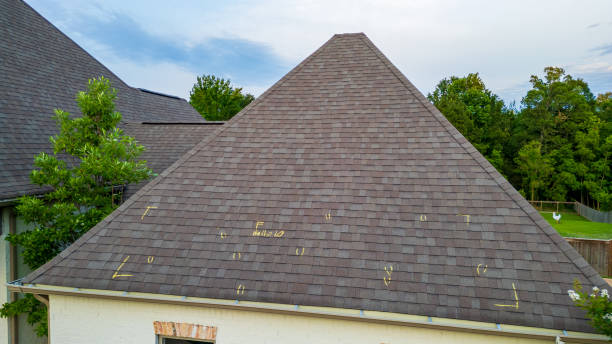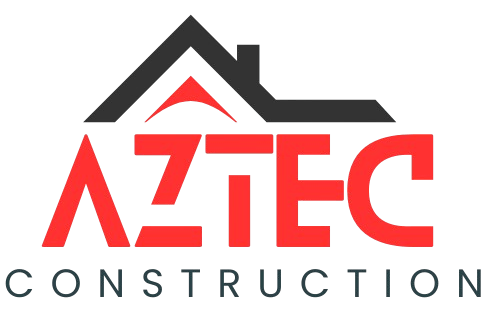Keeping up with your roof’s maintenance is no easy feat and is a lot more than just glancing up and searching for obvious signs of wear and tear. Professional roofing contractors examine everything from curling shingles to attic ventilation with a critical eye and often have a checklist to go off of. Aztec Construction has curated this checklist precisely for this reason, giving you a glimpse into what roofers look into when you schedule your roof inspection appointment.
Roof Inspection Explained
Before anything, let’s define what a roof inspection is. Best carried out by a licensed professional, a roof inspection is the meticulous process of assessing the structural integrity, material, and overall performance of a roof. According to experts, you should have your roof examined at least once a year—though twice is ideal—to keep it strong and sturdy.

The Perks Of Routine Roof Inspections
Scheduling regular roof inspections is crucial, especially since the weather has become so unpredictable. There is no telling which areas will be affected by thunderstorms, snow, or tornadoes in any given month. The advantages of having your roof inspected routinely include:
- Catching small issues before they become big ones
- Immediate repairs for small issues like missing shingles and leaks
- Preventing costly replacements
- Increased safety
- Raised property value
- Extending the lifespan of your roof
- Maintaining insurance coverage
Checklist For External Roof Inspections
Your roof is divided into two parts: the internal and the external. Your roof’s external part faces most of the wear and tear from varying weather conditions, and having a checklist handy to ensure you don’t miss anything is a smart idea. Here is a look at your external roof’s checklist
Look for blistered, curled, or split shingles
Look for loose or missing shingles
Identify broken shingles at the ridge or hip lines
Keep an eye out for exposed, missing, or improperly seated nails
Be wary of missing caulk that seals flashing
Rusty, corroded, or missing metal flashing should be identified
Sagging on the ridges should be noted
Broken seals on shingles are not a good sign
Excessive granule loss is not good
Assessing chimneys for cracks or other forms of damage
Examine gutters and downspouts
Assess fascia boards for damage
Look at the condition of the siding above the roof
Assess the gutters and eaves for proper shingle overhangs
Interior Roof Inspection Checklist
Almost as important as the external part of your roof, the interior examines things like the ventilation and sagging. Let’s take a look at what else needs to be examined to secure the integrity of your roof.
Look for cracks on the roof sheathing
Calculate proper attic ventilation
Make sure there isn’t any sagging decking between rafters
There shouldn’t be any sunlight streaming through the rafters
Assess attic intake vents
Examine bathroom and kitchen exhaust fans
Look for leaks and cracks around chimneys and vents
Look for signs of condensation, wet insulation, or mold
When Do You Need a Roof Inspection
While some times are obvious for scheduling roof inspections, like after severe weather events, other times you should schedule a roof inspection, including:
- Before purchasing a house
- Before putting your home up on the market
- During calmer seasons like spring and Fall
- Before insurance claims
- When you suspect damage
- After roof replacement
Conclusion
This is an exhaustive checklist that is typically followed during roof inspection appointments to make sure your residential shingle roof is in good condition. Following this list carefully after every storm and during calmer weather conditions can help you understand whether or not your roof is ready to protect you. However, keep in mind that proper roof inspection can only be carried out by experienced and knowledgeable roofers, and this list is only for informational purposes.
FAQs
Can I inspect my roof myself?
While you can look for obvious signs of damage, only professionals know how to identify hidden damage to your roof.
How much does a roof inspection cost?
This varies, depending on factors like the size of your roof, the material, and the policy of the company. Some might even offer it for free.
What should I ask a roof inspector after they have completed the inspection?
Ask for the condition of your roof, the warranty information, and maintenance tips.
